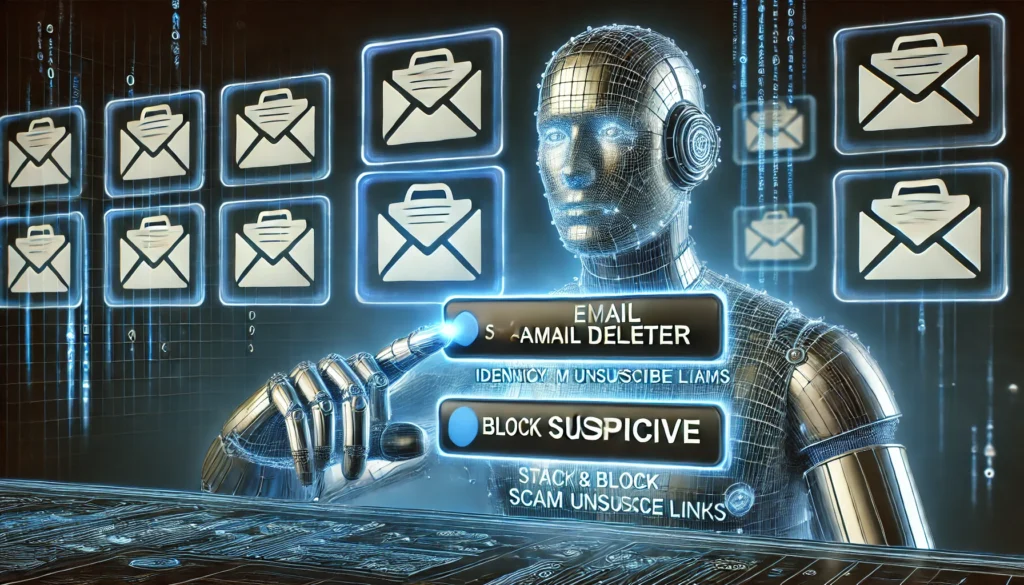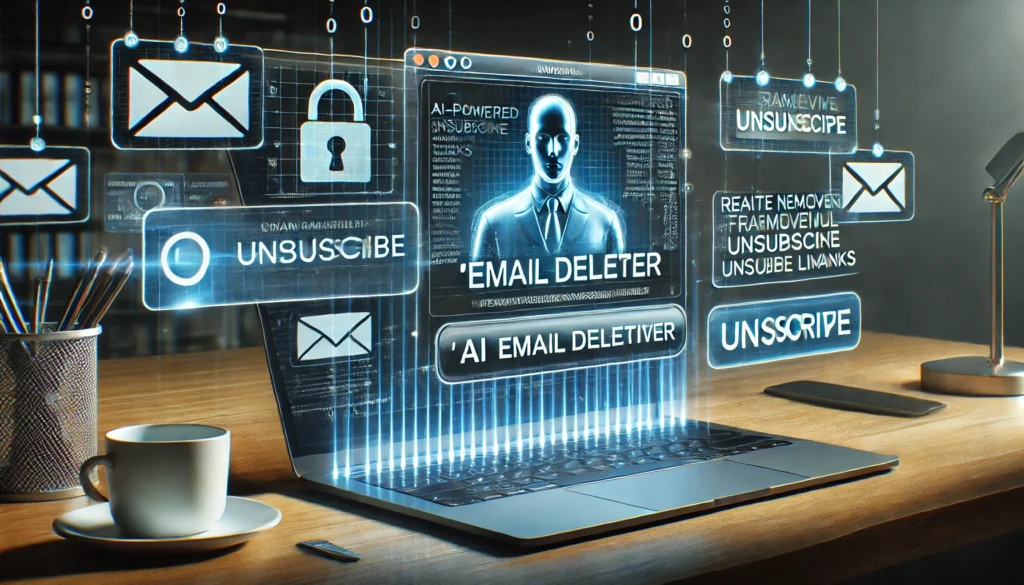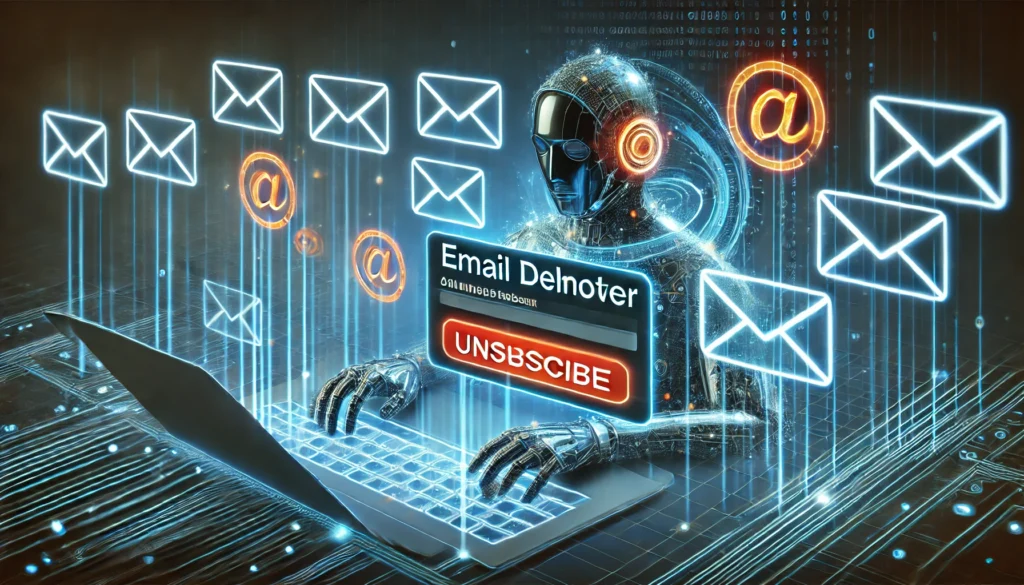Unsubscribing from emails is not as simple as it may seem. While it can help declutter your inbox, it also poses several risks if not done correctly. Understanding these risks is essential for maintaining your digital security.
You may also like: Top Email Deleters for Inbox Management
The Hidden Dangers Behind Unsubscribe Links
Many scam emails include unsubscribe links that appear legitimate but are anything but. These links can be traps designed to confirm the validity of your email address. When you click on these links, scammers get notified that your email is active, making it more valuable for future scams or even for selling to other malicious parties.
The Consequences of Falling for a Scam
Clicking on a fraudulent unsubscribe link can lead to severe consequences. You might end up on a phishing site that tries to steal your personal information or infect your device with malware. This not only increases spam but can also compromise your personal data and security, leading to potential identity theft.
Recognizing the Patterns of Malicious Emails
Scammers often use certain patterns to trick users into clicking their unsubscribe links. They might use urgent language, enticing offers, or familiar branding to lure you in. Recognizing these patterns can help you identify scam emails before you fall victim to them.
Best Practices for Safely Unsubscribing
To protect your inbox and personal information, follow these best practices when considering unsubscribing from emails. These strategies will help you navigate your inbox safely and efficiently.
1. Scrutinize the Sender’s Email Address
Before clicking on any unsubscribe link, take a close look at the sender’s email address. Legitimate companies usually have specific domain addresses that are easily recognizable. Scammers, however, often use generic or suspicious-looking domains that can be a red flag. If anything seems off, it’s best to avoid engaging with the email altogether.
2. Leverage Advanced Spam Filters
Utilize your email client’s spam filter capabilities to automatically sort potentially harmful emails into a separate folder. This minimizes the risk of accidentally interacting with malicious content. Regularly review your spam folder to ensure that no legitimate emails have been mistakenly flagged, and adjust your filter settings for optimal protection.
3. Report and Block Unwanted Emails
Most email services offer options to report spam directly. By marking emails as spam, you help build a database that can identify and block malicious senders more effectively. This not only helps protect you but also contributes to wider efforts in combating email scams, creating a safer digital environment for all users.
4. Utilize Built-In Unsubscribe Features
Some email clients, like Gmail, offer built-in unsubscribe features for certain emails. These are generally safer options as they allow you to unsubscribe without directly interacting with the email content. When available, always choose this method over clicking unsubscribe links within potentially suspicious emails.

5. Verify Through Official Websites
If you’re unsure about an email’s legitimacy, avoid clicking any links it contains. Instead, go directly to the company’s official website to manage your email preferences. Legitimate companies typically provide options to unsubscribe or adjust email settings through their official platforms, ensuring a safer experience.
Should You Unsubscribe from Spam Emails?
The decision to unsubscribe from an email should be made carefully. Consider several factors to determine whether it’s safe or potentially harmful.
Recognizing Safe Opportunities to Unsubscribe
If you recognize the sender and have a history of interaction with the company, it is generally safe to unsubscribe using their provided link. Pay attention to consistent branding and formatting, as legitimate emails often maintain these elements. If everything checks out, it’s likely safe to proceed with unsubscribing.
Identifying Red Flags in Unfamiliar Emails
If the sender is unknown or the email content raises suspicions, avoid clicking the unsubscribe link. Emails with poor grammar, urgent calls to action, or offers that seem too good to be true should be approached with caution. In such cases, marking the email as spam is the safest course of action.
Weighing the Risks and Benefits
Consider the potential risks and benefits of unsubscribing from an unknown email. While it might reduce clutter, it could also expose you to scams. If in doubt, it’s better to err on the side of caution and use the spam reporting features of your email client to stay protected.
The Future of Safe Unsubscribing
As technology evolves, so do the tactics used by scammers. Understanding the future landscape of email security is essential for staying ahead of potential threats.

The Role of AI in Email Security
Emerging technologies such as AI and machine learning are increasingly being integrated into email platforms to enhance security measures. These technologies can analyze patterns in email content and sender behavior, effectively predicting and blocking spam before it reaches your inbox.
Education and Awareness as Key Defenses
Educating users about the risks associated with unsubscribing from emails is crucial. As awareness increases, users are more likely to adopt safe practices, significantly reducing the overall success rate of email scams. Sharing knowledge and experiences can empower others to protect themselves effectively.
Proactive Measures for Future Security
Staying informed about the latest developments in email security and scam tactics is vital. Adopting proactive measures, such as regular security updates and utilizing advanced email protection tools, can help maintain your digital safety. Continuous learning and adaptation are key to safeguarding your email communications in an ever-evolving digital landscape.
Conclusion
Unsubscribing from emails is a necessary task in managing your digital life, but it must be done with caution. By following the best practices outlined in this guide, you can protect yourself from scams and maintain a clean, organized inbox. Remember, when in doubt, always err on the side of caution and use your email client’s spam reporting features to stay safe.

In a world where digital threats are constantly evolving, staying informed and vigilant is your best defense against email scams. Protect your inbox, safeguard your personal information, and enjoy a clutter-free email experience.
Understanding the complexities of unsubscribing from emails can significantly enhance your online safety. By being aware of the risks and taking preventive measures, you can confidently manage your digital communications. Remember that your vigilance and informed actions are your strongest tools in the fight against email scams and digital intrusions.
Further Reading:
I clicked on an unsubscribe link in a suspicious email. Please help
How to Unsubscribe From Emails Without Unsubscribe Link
Why You Shouldn’t Unsubscribe From Spam Email
Important Note: The information contained in this article is for general informational purposes only, and should not be construed as health or medical advice, nor is it intended to diagnose, prevent, treat, or cure any disease or health condition. Before embarking on any diet, fitness regimen, or program of nutritional supplementation, it is advisable to consult your healthcare professional in order to determine its safety and probable efficacy in terms of your individual state of health.
Regarding Nutritional Supplements Or Other Non-Prescription Health Products: If any nutritional supplements or other non-prescription health products are mentioned in the foregoing article, any claims or statements made about them have not been evaluated by the U.S. Food and Drug Administration, and such nutritional supplements or other health products are not intended to diagnose, treat, cure, or prevent any disease.


